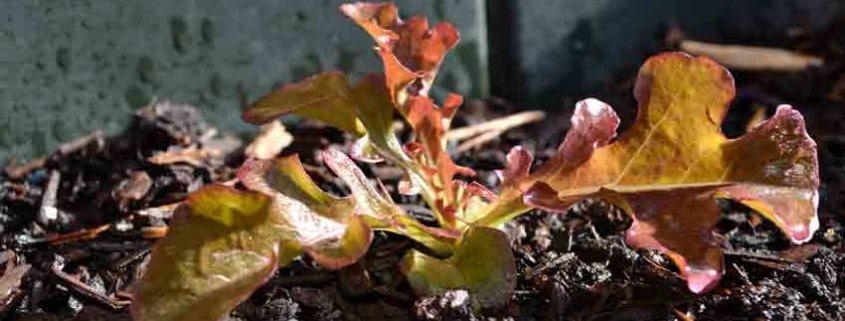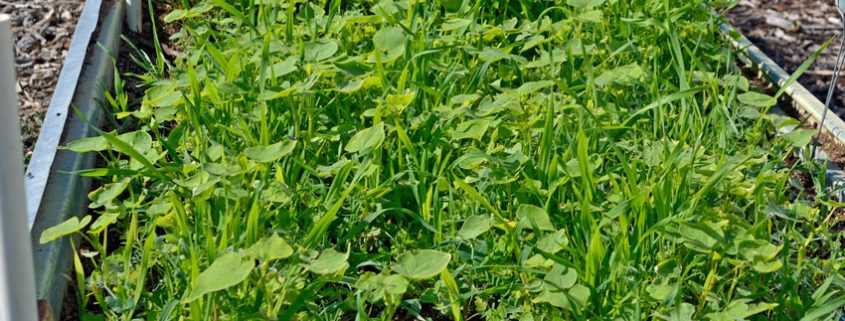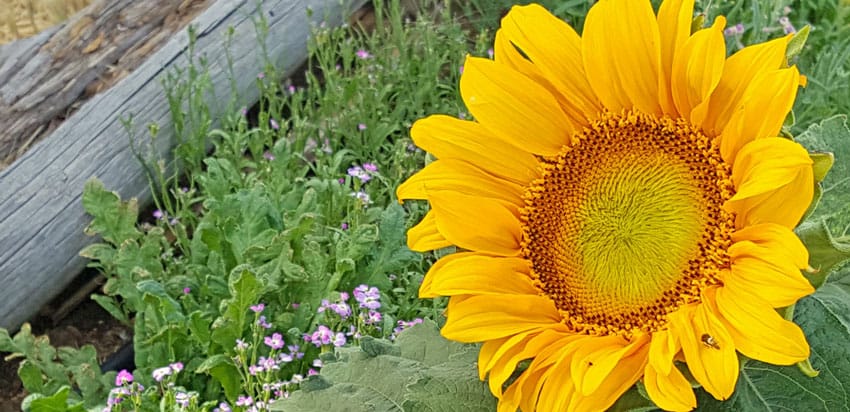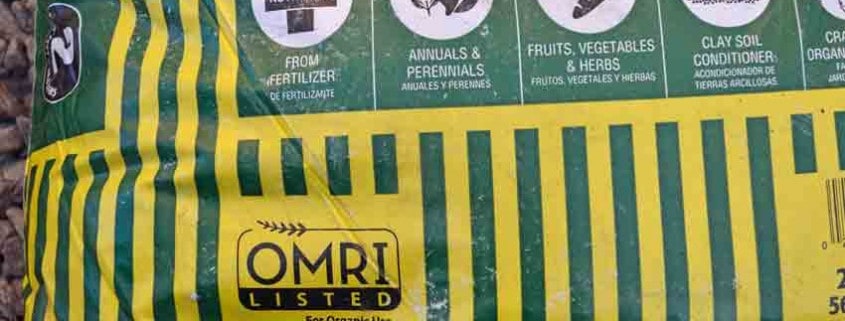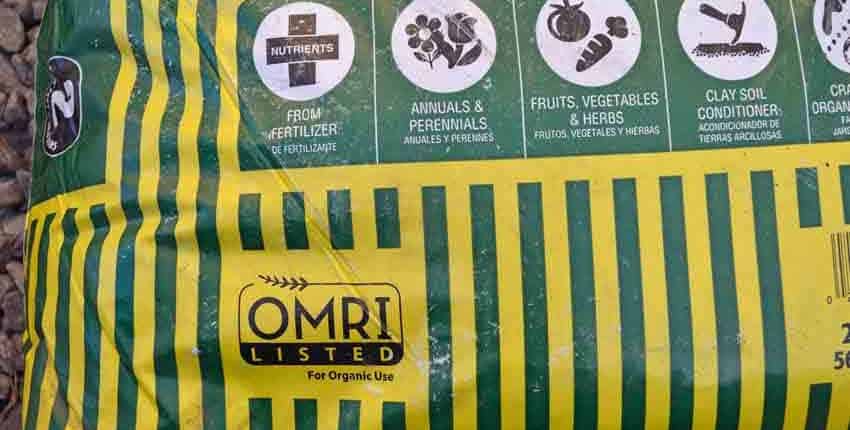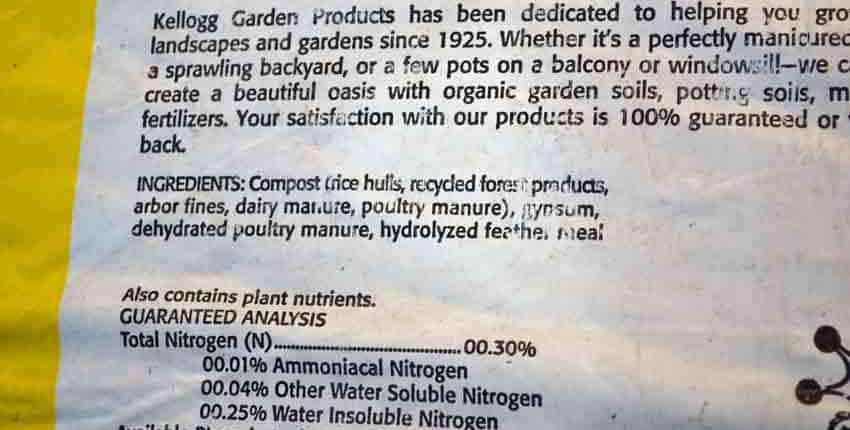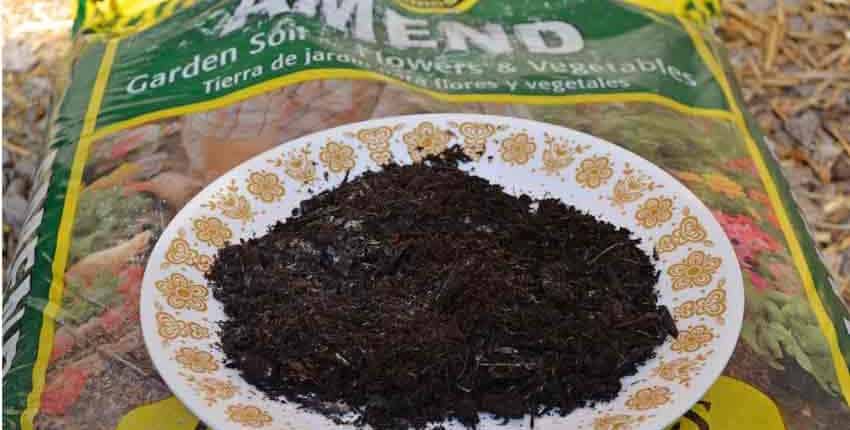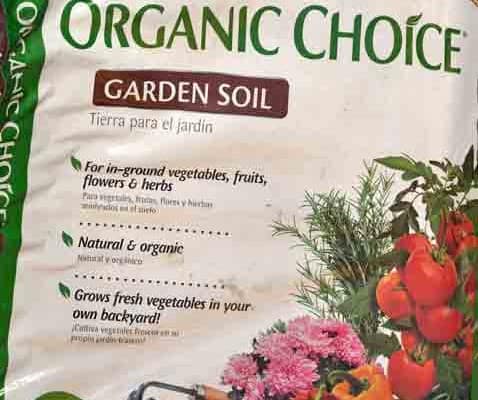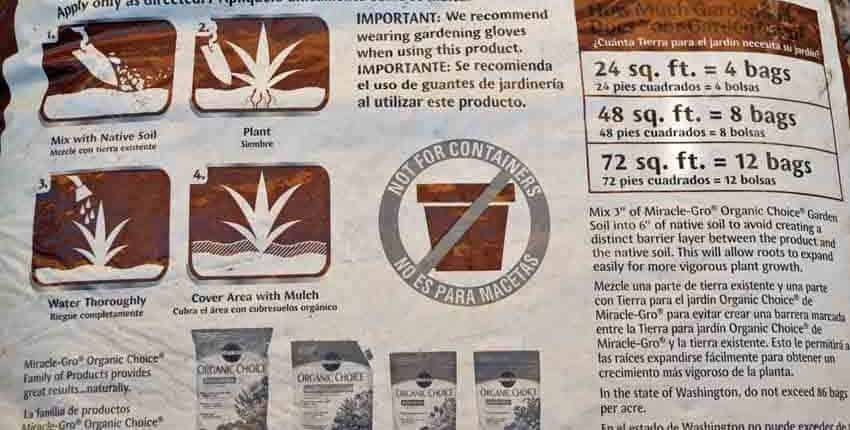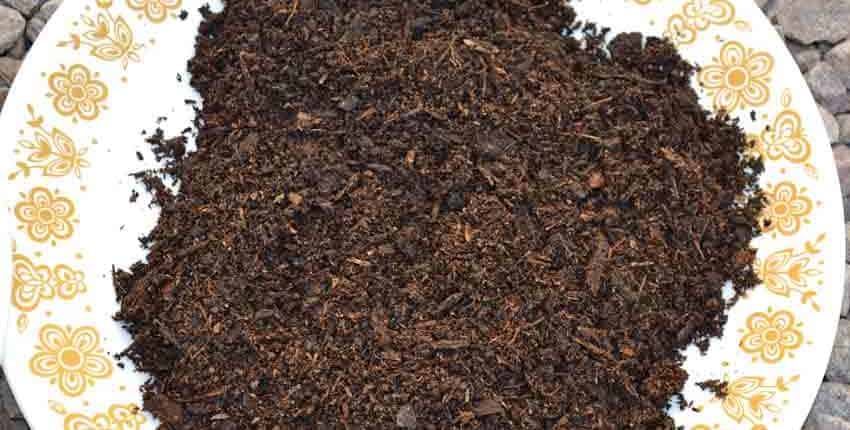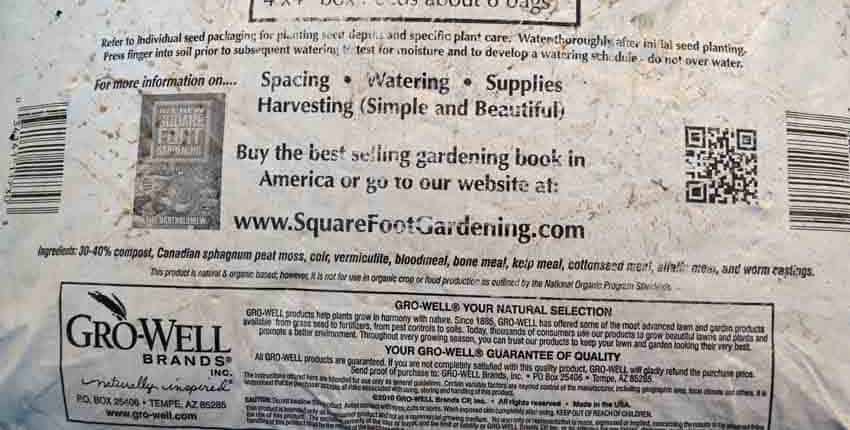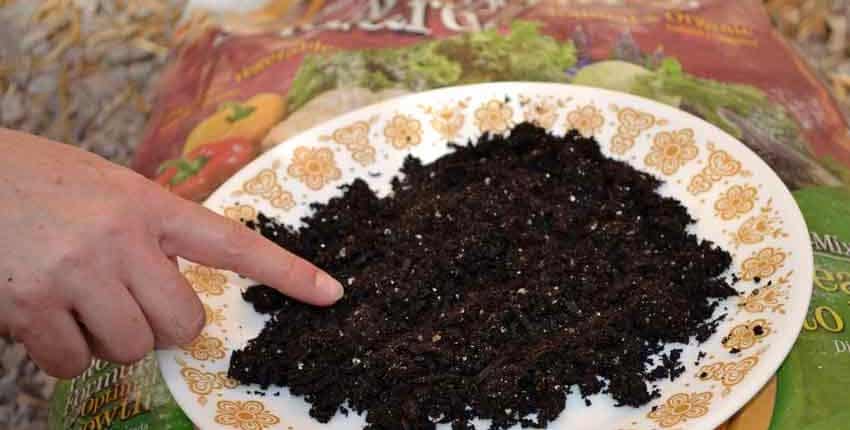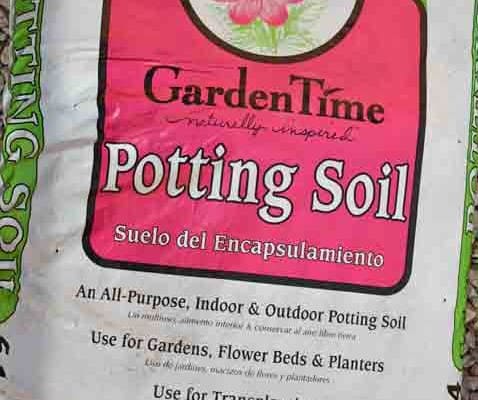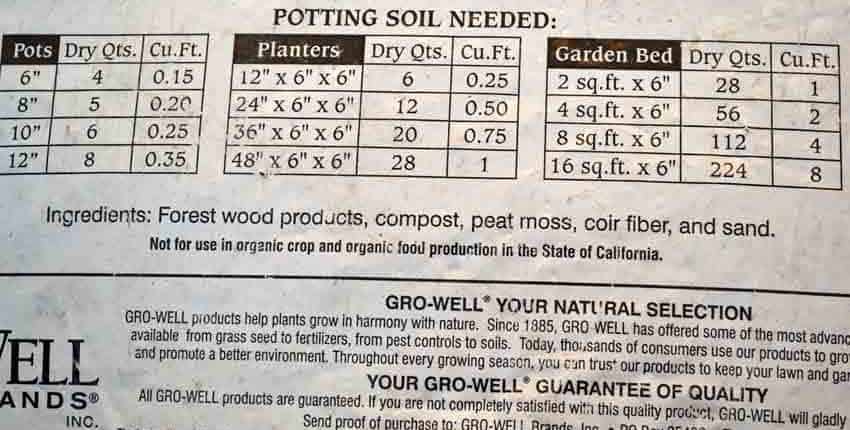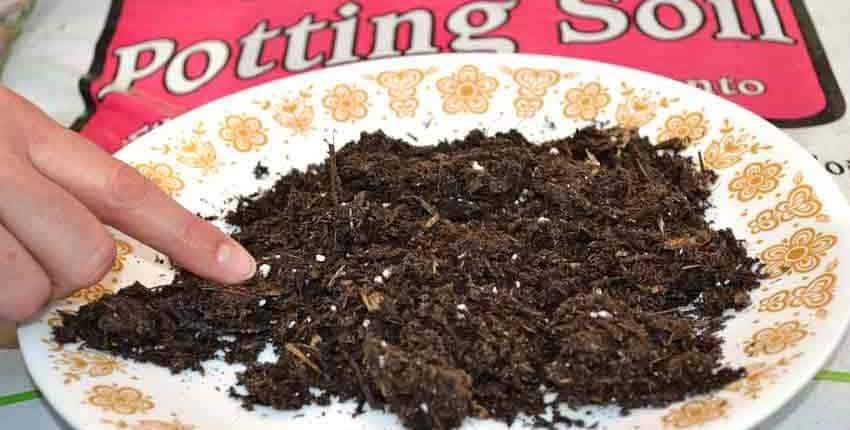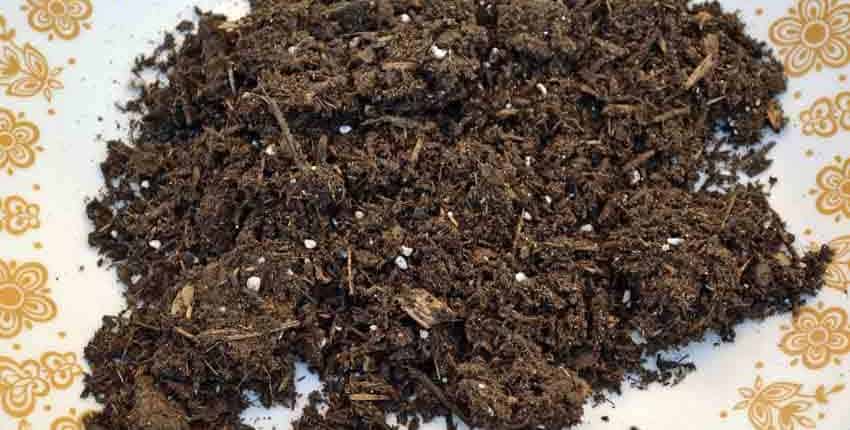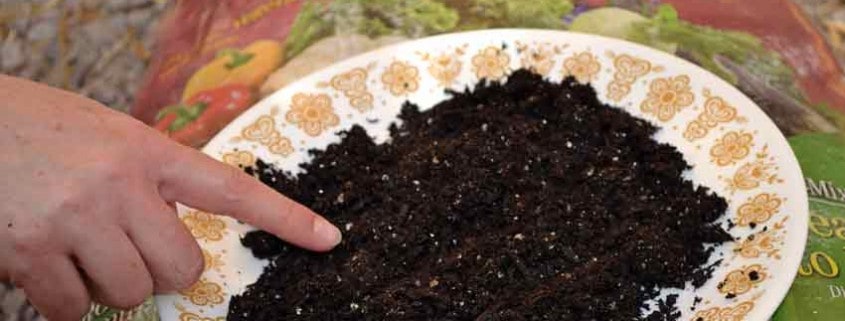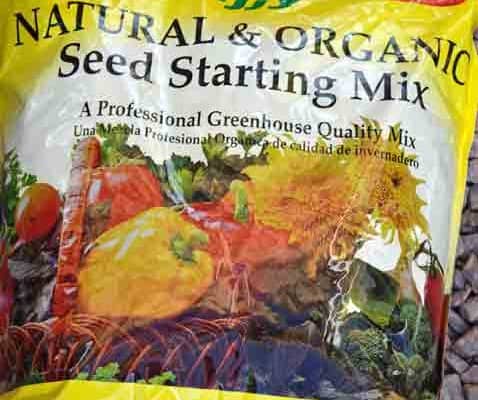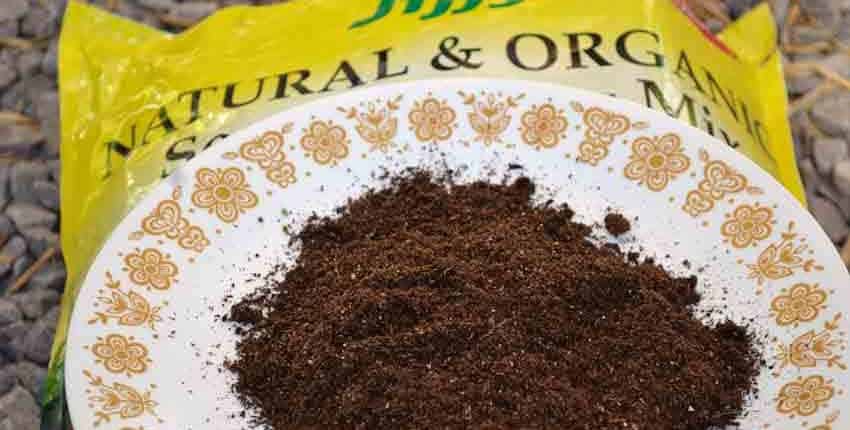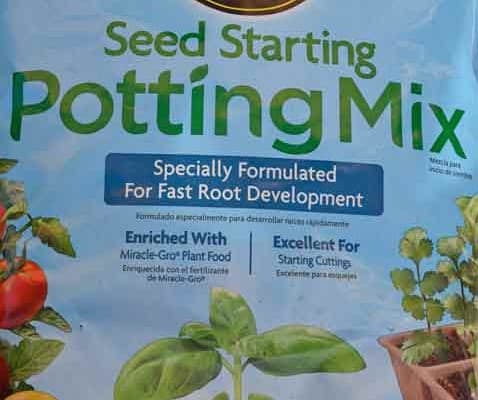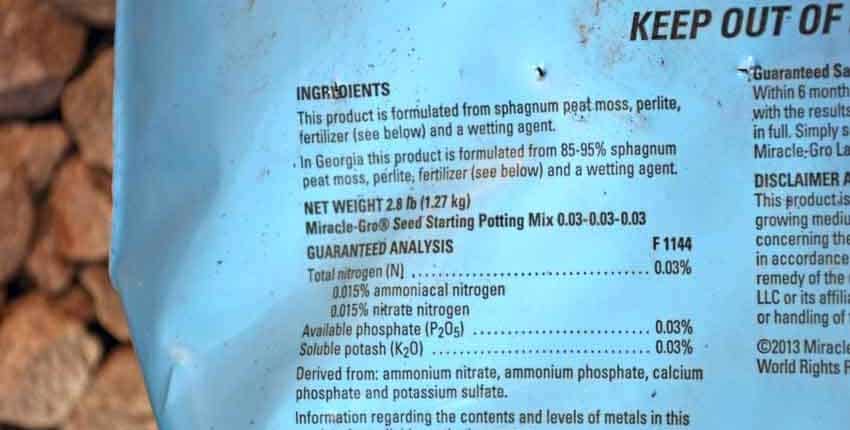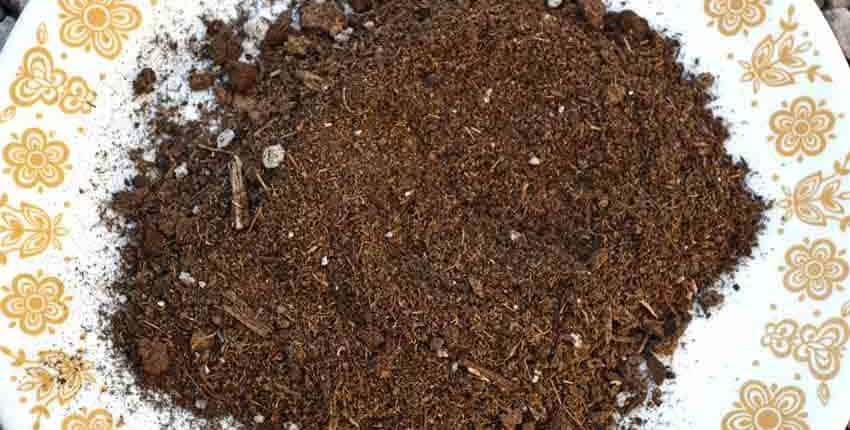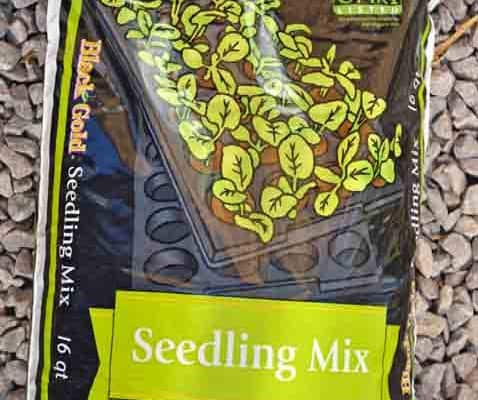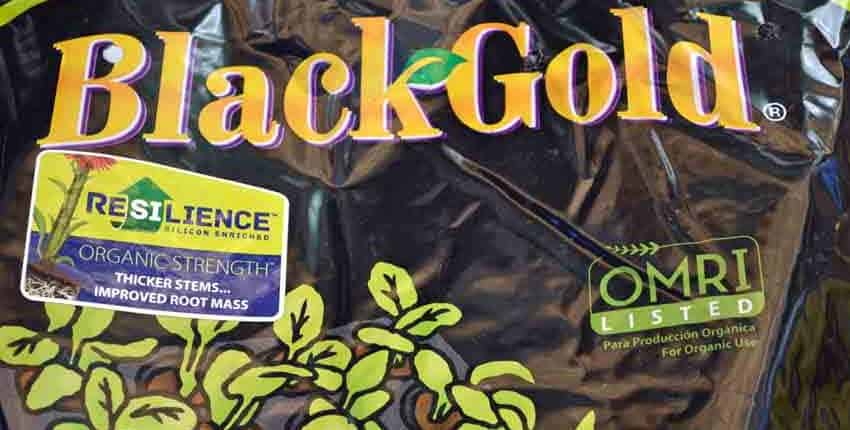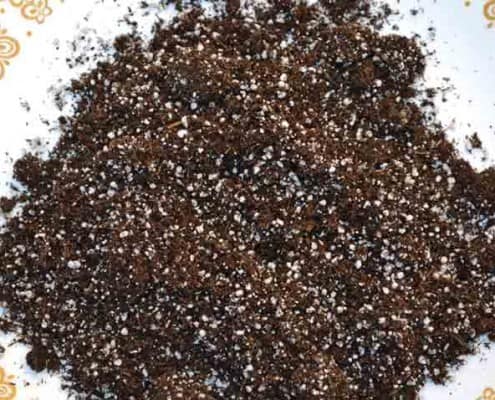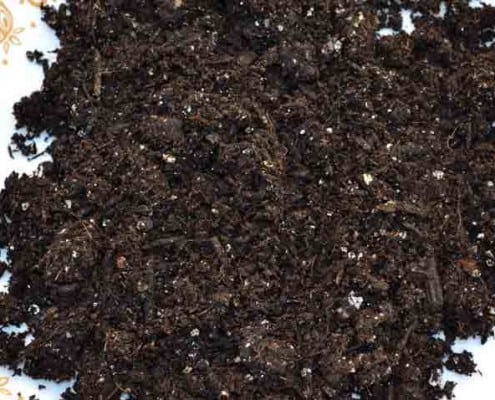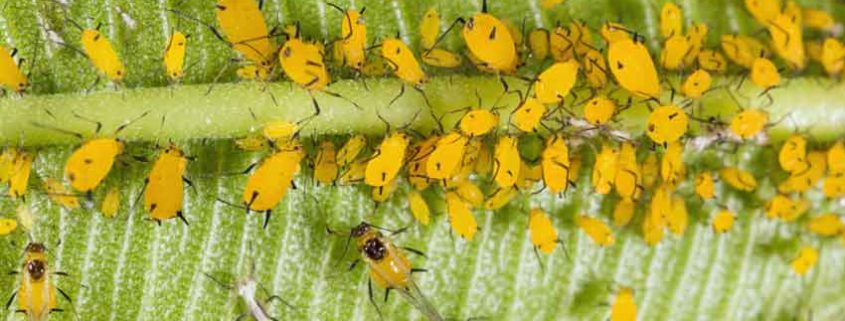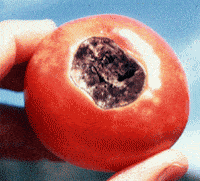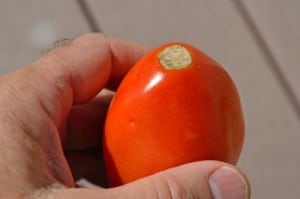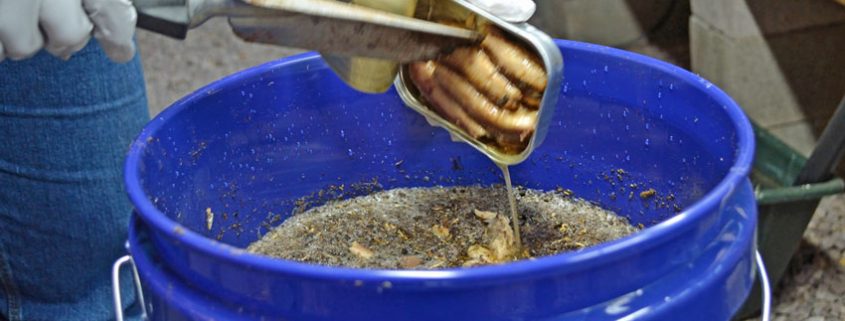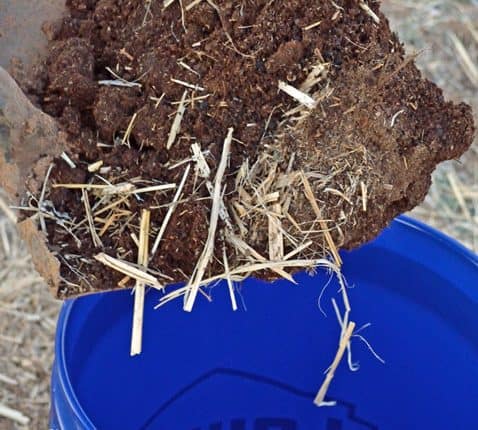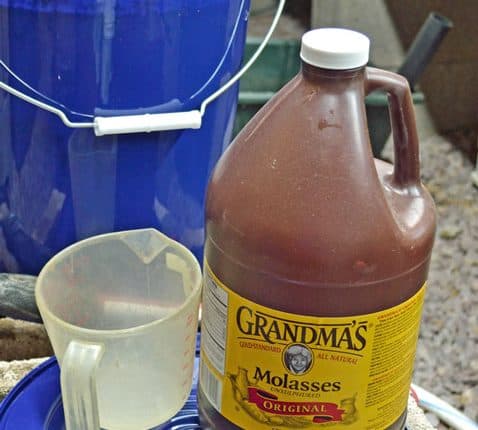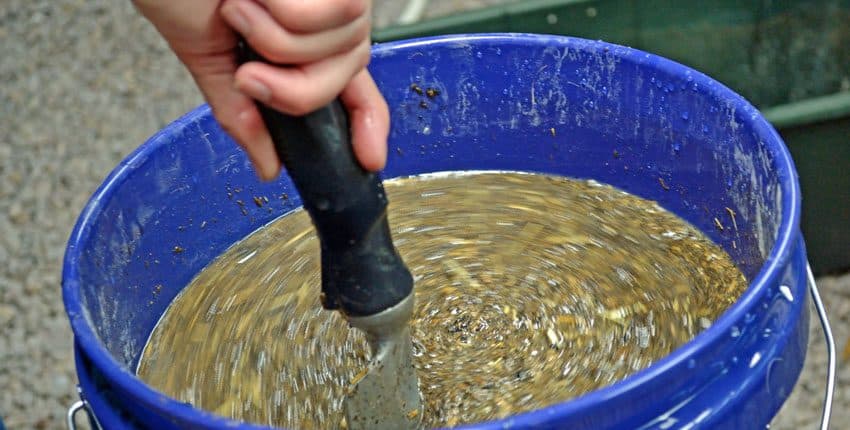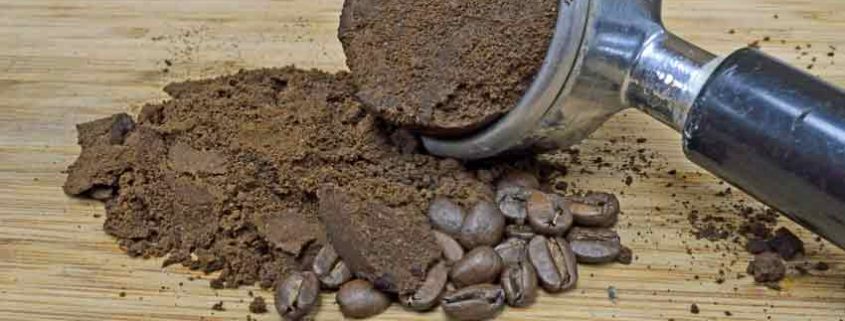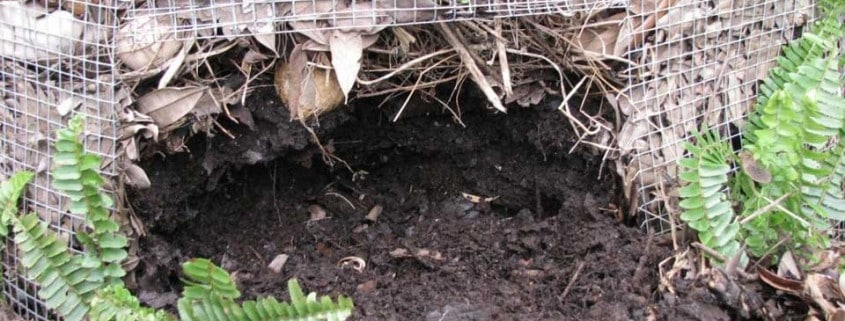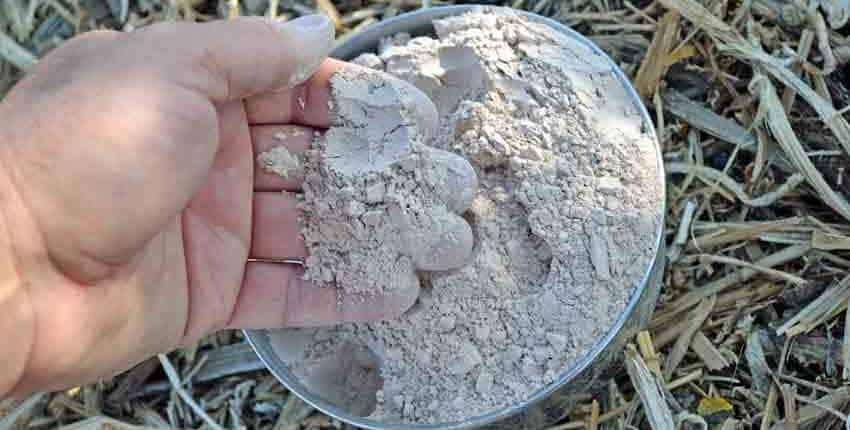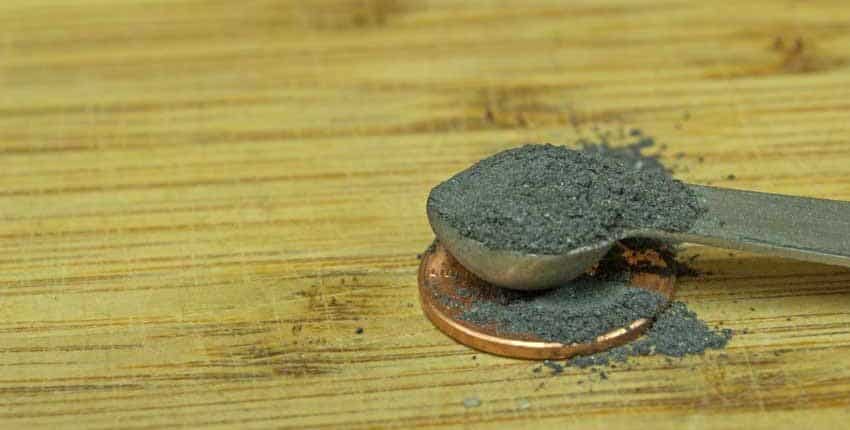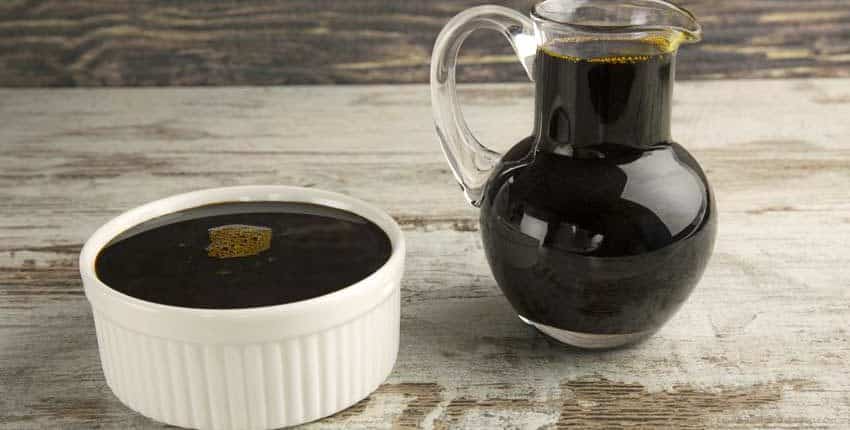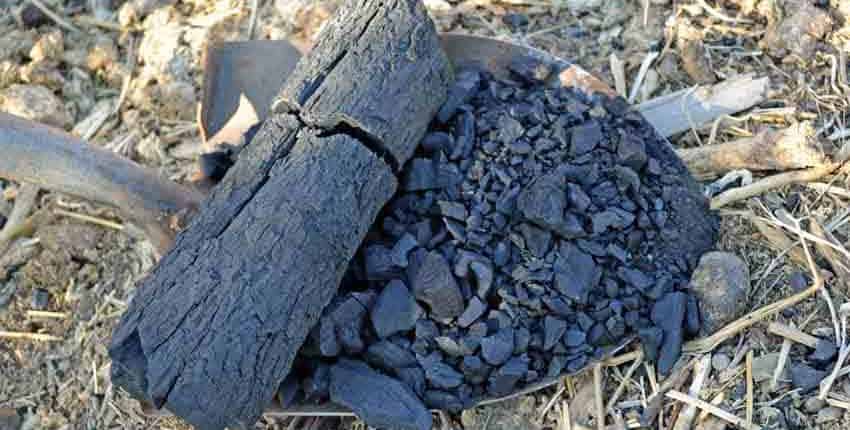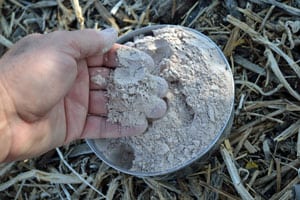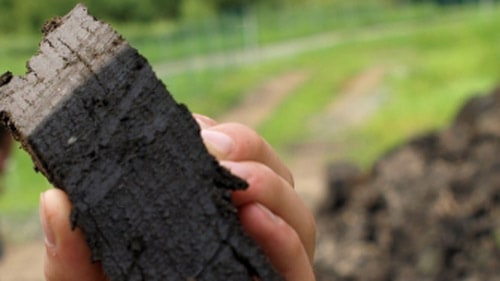Why Your Garden Soil Needs Minerals
Today we look at another aspect of building healthy, vibrant garden soil that is not only incredibly productive but provides pest and disease resilience. Conventional commercial farming and gardening has mainly paid attention to three elements for the past 65 years or so, pretty much to the exclusion of all else. These are N- Nitrogen, P- Phosphorus, and K- Potassium. You see these in ratios on fertilizer bags, hear about them in conversations about amending the soil and see them pointed to when troubleshooting growth or production problems.
Commercial biological agriculture has found that there are many more minerals and trace elements that are extremely important to the growth, health and productivity of the soil as well as the plant. Some of these are Boron, Silicon, Calcium, Magnesium, Carbon, Potassium and Copper. These are not all of them by any means. By most research, there are about 70-80 minerals and trace elements that are critical to the full development and health of most plants and crops. For instance, a tomato’s nutritional profile includes 56 minerals and trace elements! This is one of the reasons that commercial farmers use the tomato as a benchmark to test the vitality and nutrient content of their soils, as the tomato is “hungry” and needs many nutrients to grow properly. The true test, however, is not limited to how the plant grows, how healthy the leaves are, how many flowers and fruit are set, but how the tomato tastes. If the tomato tastes rich, is juicy and has a complex flavor, then the soil is healthy. If not, then some work remains to get the soil to it’s optimum condition.
Minerals and trace elements are being studied much more now, as many people in agriculture begin to realize that without replacing the minerals and elements taken up by the crops yields begin to decrease, nutrition content drops and pest and disease resilience is lower over time. Studies have shown this for the past 30 years stating the nutritional content in many vegetables have decreased as compared to those of the past. Using a biological and organic method of growing helps, as the manure based compost has several of these mineral and elements, but not nearly enough. Self-sustainable, old time farming had many manure inputs to the compost pile, from different ruminants that contributed microbiological activity to non-ruminants that added finely chopped organic matter. These were better, but still did not address all of the minerals and elements needed for healthy soils.
Two sources are readily available and usable for the home gardener to restore the minerals to the soil. One is sea minerals, the other is volcanic rock dust. Sea minerals are just as they sound- dried seawater. Many commercial farmers are using sea minerals to restore the mineral balance, some using 2200 pounds of sea minerals to the acre! That is just over a ton per acre. My concern with using sea minerals for the home gardener is the salt content, and the potential damaging impacts that salt might have. The second source- volcanic rock dust has no salt and is composed entirely of minerals. Thus there is less danger of over use causing catastrophic damage to your garden!
This article introduces volcanic rock dust in a product known as Azomite. This is a commercially available product, and we have no affiliation or connection with Azomite. They don’t even know we are writing about them! We use this in our gardens, and are using it to “charge” our charcoal in our compost piles, just like we wrote about in the last blog post. We won’t write about or recommend something that we haven’t used ourselves. This is the introduction, the second part of this post will be a discussion and examination of how and why it is so effective.
The article is graciously provided as a reprint from Acres USA.
Mineral Restoration and Utah Rock Dust
by David Yarrow
Like so many young people, Jared Milarch was in a hurry. At age 13, Jared began transplanting native sugar maple seedlings out of his family’s woodlands in northwest lower Michigan. Thinking ahead, Jared planned to sell them as street trees to pay for his college education.
Watching this investment in his future creep skyward, Jared wondered how to speed these trees up – grow taller faster.
“I got impatient because the trees weren’t growing fast enough,” Jared admitted.
About this time, Jared read Secrets of the Soil by Christopher Bird and Peter Tompkins. One chapter described a fertilizer that stimulated plants to remarkable vigor. This “miracle” plant food is a powdered pink clay from central Utah named Azomite, an acronym: A-to-Z Of Minerals, Including Trace Elements. It also goes by the name montmorillonite ore. I asked Jared what Azomite is. “Ground up sea floor bed from Utah mines,” he replied. “They grind it up talcum- powder fine. I guess it’s easier for plants to digest then.” “And for the microbes, too,” added his father. “Because plants don’t really take up nutrients in their root hairs, but from dead and living bodies of microorganisms that ingest the minerals.” Azomite is, in fact, a unique mineral deposit with special biological character. In ancient geologic times, central Utah was an inland sea. Water washing off then-young Rocky Mountains was rich in minerals, and, over eons, this body of water evaporated and shrunk, until today only the Great Salt Lake and Great Salt Desert remain. Bacteria living in this inland sea ate the minerals, then excreted them in oxidized, hydrated and blended forms. The microbial manure accumulated on the sea floor. This sediment has an abundance of over 60 elements, not just three or four, or a dozen.
“I didn’t have a lot of money, so I kept bugging my dad to order a few bags,” remembered Jared. “He reluctantly gave in. When the bags arrived, I sprinkled two tomato soup cans around each baby tree.” After 100 trees, his bags were empty, so his other 400 saplings got none.
The next spring, Jared watched his unfertilized trees grow 12 inches. But the Azomite-treated trees grew fully 3 feet in one spring spurt! In Jared’s years working in his family’s shade tree business, this was unprecedented beyond imagination.
“The results were just amazing!” enthused Jared. But even more, treated trees grew not only taller, but better – healthier. Treated trees had darker color. “Leaf tatter was minimal,” explained Jared. “Caliper [diameter] of their trunks was up, too.”
Impressed by these results, Jared bought more to sprinkle around all his trees. In the family garden, too, where the effect was similar – bigger, stronger plants, with one further benefit. “The taste of the vegetables is dramatically different,” reported Jared. “It’s a great taste!”
His father David – a third-generation nurseryman in this remote corner of northwest Michigan – took notice of Jared’s fertilizer results. In 1996, David decided he had seen enough financial gains on his tree farm, and read enough evidence, to become an Azomite distributor.
“After the Gazette article about Jared’s discovery, we got more and more calls from all over the country about Azomite. The closest distributor to Michigan was the State of Maine, so I decided to stockpile it here so local people don’t pay double freight, and make it available to anyone inclined to try rockdust in their garden, orchard or animal feed.”
Soon the Milarch barn was stacked with bags of pink Utah dust.
“Also, as Midwest horticulture and agriculture schools smarten up, I want to have a stockpile. In the horticulture industry, no one we work with on our trees in all 11 colleges across the United States has ever heard of remineralization with rock dust. They add magnesium to commercial fertilizers, but know nothing about trace elements. It’s time the tree industry – all the way from seedlings to champion trees up to wholesale shade tree industry – tested this in horticulture.”
David Milarch, with decades experience in the family shade tree business, founded The Champion Tree Project. The effects of Azomite on his tree farm urged him to require that every champion tree must be sold and planted with rockdust.
“In the Champion Tree Project, seedlings distributed to schools, children and youth groups for Arbor Day will have a small bag of rock dust, with instructions to sprinkle it around the roots. I recommend seed companies use it in soil mix as seedlings are produced. And right up the ladder when shade tree liners are grown by nurseries, I ask them to use rock dust. Then, as shade trees are planted at job sites, 1- or 2-pound bags must be spread by landscape industry.”
In 1997, Jared – a fast-track senior honor student at Benzie Central High School – enrolled in a botany class in Michigan State University’s Horticulture Extension Program at nearby Northwestern Michigan College in Traverse City.
For his botany lab, Jared decided to scrutinize this Azomite miracle more carefully to understand how a bit of dust boosts plant growth and health. He proposed
a controlled experiment in the college greenhouse to instructor Kirk Waterstripe.
His professor scoffed at the idea at first. Waterstripe, a Rutgers graduate, was skeptical a few ounces of powder from the Utah desert could have such dramatic effects
on plants. “I’ve done some organic gardening,” Kirk admitted, “but haven’t messed with rock powders at all. I heard about greensand and a few things. But I’m always open for new ideas.”
Jared insisted this new idea was worthwhile, so Waterstripe relented and assented.
With advice from his professor and father, Jared designed an experiment to test the effect of Azomite as a soil supplement on tomatoes. Jared’s very simple, but controlled experiment would clearly show any effects from Azomite.
Eight tomato plants (“Fantastic” variety) of uniform size were grown in 1- gallon plastic pots, in a mix of standard potting soil with 6 tablespoons of composted cow manure. Two tablespoons of Azomite were added to the soil of four tomato plants; the other four had no clay mineral supplement.
The plants grew in uniform greenhouse conditions from June 17 to Sept. 9, got 150 ml of water three times a week, and were rotated in the greenhouse to ensure equal exposure to warmth and light. Height was measured from soil surface to uppermost branching point. All measured 30 cm at the experiment beginning, with no visible differences in health.
After 67 days, the tomatoes fed Azomite were easy to distinguish from untreated vines. On several measurable characteristics, Azomite yielded a better plant. Everyone agreed all four plants fed clay dust looked bigger and healthier.
“Color was a very obvious difference,” recalled Jared. “Plants not treated were more yellow in color, while treated plants were a deeper green color. Height was different. Plants that were treated weren’t a lot taller, but they weren’t ‘leggy.'”
Jared’s short written report listed five significant observations he had measured as numerical indications of “better, healthier” plants:
“¢ Average height of Azomite-treated plants was 98.5 cm, compared to 89.75 cm for control plants.
“¢ Whiteflies were found on both treated and control plants by day 28. After day 42, insecticidal soap was sprayed to control whiteflies. But treated plants had much less damage, defined as “honeydew” – sticky, sugary excretions by whiteflies.
“¢ Azomite-treated plants flowered earlier, more prolifically.
“¢ First tomato was on an Azomite treated plant on Aug. 26.
“¢ Treated plants set more fruit.
In a summary as simple as his experiment, Jared wrote: “While four plants per treatment do not provide statistically testable results, this experiment suggests that mineral supplements such as Azomite may help produce plants that are more vigorous and pest-resistant, and that blossom and set fruit sooner than plants grown without any supplement. Further tests, both in lab and field, are highly recommended.”
But from this modest understatement issues a bright light of insight. The implications of this simple experiment could alter farm economics, food production and horticulture methods. Only four plants, but a solid, significant four versus- four superiority. This clear, consistent result confirms a long list of field observations. Definitely, this Utah powder provides some nutrient lacking in greenhouse potting soil – and northwest Michigan topsoil. Something so essential that just a trace of it effects significant gains in growth, vigor, sturdiness, color, flavor, flowering, fruiting, and pest resistance.
Tests of this remarkable result should be repeated not just by one observant and thoughtful high school senior, but also by other universities and high schools in many different locations.
“We need to encourage students, teachers and professors to try this simple experiment'” insisted David. “Not just my state, but around the nation, around the world.”
Waterstripe, impressed by Jared’s results, is singing a new song of praise and wonder. He now sees real potential value in this clay from the Utah desert, plans
to write his own paper for a science journal, and wants to test Azomite on other crops. The professor is even considering writing his doctoral thesis on this trace element effect.
Jared, David and Waterstripe all discussed with the financial potential of early flowering for farmers.
“Early flowering plants can mean money to farmers for having the first crop, and ultimately quicker money for the farmers,” Jared pointed out. “It’s a big fruit farming area around here.”
“Among farmers, for the first guy to market or processing plant,” David explained, “his products reap a premium profit. The first tomatoes. First sweet corn. First watermelons. Also, a shorter growing season means a faster pay-off, because farmers only have one paycheck a year.”
“Flowering is a measure of marketability,” agreed Waterstripe. “If you’re the first to the farmers market with vine ripened tomatoes, hundreds of people will stop by your truck. So, if you can get the plants to flower a week ahead, this gives you an economic advantage.”
“But how do you put a dollar sign on depleted soils?” asked David. “And toxic, even mutagenic, pesticides?”
I insist the single most crucial and significant effect of trace element fertilizers is increased flowering and seed formation. This can’t be adequately measured in
monetary quantity or economic values. Reproduction is the climax in a plant’s life cycle. Any substance that triggers such an increase in this activity activates and fulfills the plant’s full life potential, and is a near ideal and essential plant food.
In an ecosystem, this climax is an outburst of ecstasy as nature rejoices in this peak experience. This isn’t mere substance, it’s essence.
This experience has inspired Jared and mentor Waterstripe on to other experiments with winter oats, a common grain crop for Michigan farmers. “Oats have been – for millennia – a chief animal and human food,” David pointed out. “We eat oatmeal. Horses need oats, and it’s mixed with other animal feeds. And oats are used as a cover crop a lot.”
“Oats are easy to grow and study in a winter greenhouse,” added Waterstripe. “They don’t take a lot of room, and can take a cooler greenhouse.”
I weary of experiments to repeat what we rediscovered a decade ago that was discovered by others over a century ago. How many academics and scientists have to see the facts before serious research begins?
We need experiments to learn, not “if,” but “how” mineral powders restore soil fertility and boost plant vitality. Decades of research by dozens of investigators clearly show this happens, but we still have only fragments of real insight into the secret lives of soil that accomplish this miracle of minerals transformed to living cells.
I asked Jared what he thinks causes Azomite’s remarkable effects.
“I believe there’s a lack of minerals in the soil,” Jared mused. “It was probably depleted with chemical fertilizers. So, this was the first step to put minerals back in the soil. Almost healing the soil enough for the trees to really be able to use what’s in the soil.”
I pointed out that a few tablespoons of clay dust doesn’t supply much nitrogen or potassium. What minerals might this Azomite be feeding trees and seeds?
“I think it may be a balance,” he offered cautiously. “Not just one mineral, but all the minerals. Or it might catalyze other parts of the soil. It may be etheric, too. I’m not sure.”
Whatever substance or essence Azomite supplies, it boosts overall vitality and quality of tomatoes – for seemingly every plant it is fed to. One Michigan news reporter in 1996 headlined Jared’s discovery as “Tree Vitamins” – botanical equivalent to one-a- day health pills.
David Milarch pointed out, “Most soils only have their mineral elements replenished by volcanic action or glaciers. Here in north Michigan that was 10,000 years ago. Our old soils are worn out, especially with chemical agriculture and acid rain.”
The Milarchs’ positive results have been followed by an expansion of Azomite use.
“This year, one fellow got 3 tons for his commercial organic orchard and put 60 pounds on each tree – a generous feeding,” said David. “But that’s how he makes his living. It will probably take two years for fruit trees to fully respond. But if vegetables taste sweeter and are bigger, why won’t it do the same for apples, cherries, peaches . . . “
“I sold another 1,000 pounds to add to computerized feed mix for dairy cattle to see if it affects butterfat and milk production. This one dairy farmer had a bad problem with hairy wart on his 300 cows’ feet – which is almost impossible to relieve. We figure if cattle are healthier, it will be easier to relieve, so he calculated adding 6 tablespoons a day to his cows’ feed. The old boy who first discovered this stuff fed it to his chickens, and the chicken industry had great success with it.”
I asked Jared what he will do with his new insight into soil fertility.
“For the immediate future, I want to apply this to our family nursery, and to the Champion Tree Project. More likely in the future I’d like to apply it or make it available for world crops – for all of our food crops.”
“And our garden,” injected David. “if it’s good for tomatoes and trees, it’s good for humans, too. So take that thought farther from the garden all the way up the food chain.”
“I’d also like to study other rock dusts,” added Jared. “Azomite is the first one I’ve discovered.”
David ended, “I’d like to see other colleges and students get involved with this investigation of how to restore our soils. And I hope to see the same in the nursery industry and farmers also.”
“In the long run, what would be the reduction in health care costs in humans after we get it into the food chain?” mused David, “and we remineralize our bodies? How many diseases – like AIDS and cancer – would be dramatically diminished?”
David Yarrow is a frequent contributor to the publication Remineralization of the Earth, now merging with Acres U.S.A. He has written extensively on the environment, macrobiotics and Native American issues.
In the next post, we will continue the discussion and examination of the benefits of restoring the minerals to your gardens soil. Stay tuned!

